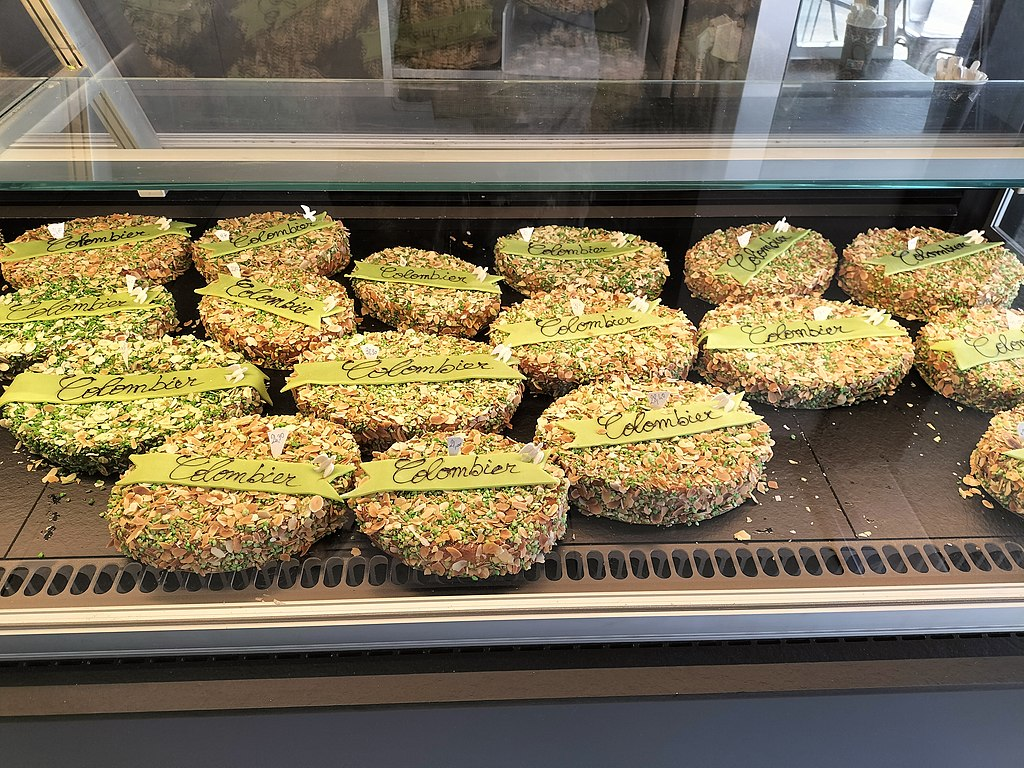flooding a compromised terrain with nitrogen (soy)
Flooding a compromised system with nitrogen, especially via soy, may look like restoration but often acts as biochemical misdirection. Let’s decode it: 🌱 Soy as a Nitrogen Vector Soybeans are nitrogen-fixing legumes, meaning they partner with rhizobia bacteria to pull nitrogen from the atmosphe
Kynureninase or L-Kynurenine hydrolase (KYNU) is part of the pathway for the catabolism of Trp and the biosynthesis of NAD cofactors from tryptophan (Trp).
Kynureninase or L-Kynurenine hydrolase (KYNU) (EC 3.7.1.3) is a PLP dependent enzyme that catalyses the cleavage of kynurenine (Kyn) into anthranilic acid (Ant). It can also act on 3-hydroxykynurenine (to produce 3-hydroxyanthranilate) and some other (3-arylcarbonyl)-alanines. Note: 3
Amygdalin and Laetrile
Amygdalin (from Ancient Greek: ἀμυγδαλή amygdalē “almond”) is a naturally occurring chemical compound found in many plants, most notably in the seeds (kernels) of apricots, bitter almonds, apples, peaches, cherries&nbs
A glucuronide, aka glucuronoside, is any substance produced by linking glucuronic acid to another substance via a glycosidic bond.
A glucuronide, also known as glucuronoside, is any substance produced by linking glucuronic acid to another substance via a glycosidic bond.[1] The glucuronides belong to the glycosides. Glucuronidation, the conversion of chemical compounds to glucuronides, is a me
Dovecote cake and the founding myth of Marseille
In Marseille tradition, the dovecote is a cake offered by pastry chefs at the time of Pentecost: cake made from almonds and melon, covered with sugar, generously colored, flavored with kirsch and inside is hidden a dove. This oval-shaped cake is adorned with a strip of marzipan on which is
Farnesol and Farnesene
Farnesol is a natural 15-carbon organic compound which is an acyclic sesquiterpene alcohol. Under standard conditions, it is a colorless liquid. It is hydrophobic, and thus insoluble in water, but miscible with oils. Farnesol is produced from 5-carbon isoprene 
Carbazochrome is an antihemorrhagic or hemostatic agent
Carbazochrome is an antihemorrhagic, or hemostatic, agent that will cease blood flow by causing the aggregation and adhesion of platelets in the blood to form a platelet plug, ceasing blood flow from an open wound. It is hoped that this drug can be used in the future for preventing excessive bloo
The Food Chemicals Codex (FCC) has been published since 1966
Scope The FCC features more than 1,250 monographs, including food-grade chemicals, processing aids, foods (such as vegetable oils, fructose, whey, and amino acids), flavoring agents, vitamins, and functional food ingredients (such as lycopene, olestra, and short chain fructooligosacchari
Anthyllis vulneraria L. Fabaceae. Kidney vetch, woundwort. ‘vulneraria’ means ‘wound healer’
Description (cut and paste) ‘wort’ has been used in England since the 9th century to mean root or plant. Parkinson (1640) notes Anthylis prior and Anthyllis lentisimilis (Dodoens) Anthyllis leguminosa (Lobel, Clusius) Lagopodium (Tabermontanus) Arthetica wundkraut Saxonum (Thalius) Vulne
Nickernuts also known as sea pearls and eaglestones
Nickernuts or nickar nuts are smooth, shiny seeds from tropical leguminous shrubs, particularly Guilandina bonduc and Guilandina major, both known by the common name warri tree. C. bonduc produces gray nickernuts, and C. major produces yellow. Accordingly, these species are locally kn








